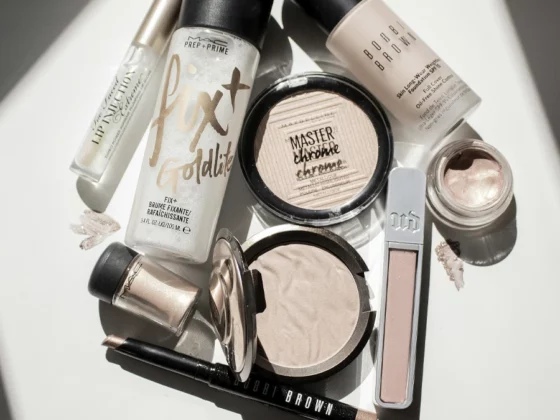Organic and natural belong to the trend rather than a technical classification, and this is where one of the most lucrative confusions in cosmetics arises. There is a need for clarity, adding a few tricks to understand the product: it is not as natural as it seems. At Studio Concept, we offer the tools to promote quality, from cosmetic packaging design to effective communication.
Indice
What are organic cosmetics? Here is the definition
It happens all too often to come across the term “Organic” on packaging, which is one of the reasons why one might think of a real revolution in the choice of ingredients in cosmetics. The reality is less beautiful than it might appear and this is the point that requires clarity.
By definition, an organic cosmetic must guarantee 95% ingredients derived from organic farming. The strong presence of plant-based elements is not enough to obtain the designation “organic”, each element must be certified as having a low impact during each stage of cultivation. This certification is issued by an authorised third party.
Defining their nature makes it possible to avoid products that involve the use of intensive methods in the exploitation of fields and above all to avoid the use of pesticides that impact ecosystems. Each organic ingredient bans genetically modified organisms and does not use synthetic additives. Organic cosmetics respect a strict formulation of ingredients.
Difference between organic and natural products
Often the two terms are mistaken for each other, but talking about natural does not mean that the product complies with what has already been described about organic cosmetics. Whether traditional, natural or organic cosmetics, it must be emphasised that EU-certified cosmetics must comply with stringent safety regulations.
A natural product must comply with a percentage of 95 per cent in non-synthetic ingredients, the detail reveals the main difference in composition. Where organic includes the use of certified substances from sustainable agriculture, natural can expand the range of ingredients and also draw on intensive production sources. This is a quality product but one that demonstrates a greater impact on the environment.
Then there is a more concrete difference, the price has its weight in the distinction between the two types of cosmetics. Organic requires a greater investment but responds with a commensurate return in terms of product tolerability and tangible health benefits. Natural and organic are, in any case, cosmetic types of a high standard.
Contact us for more information on our services
How do I recognise an organic product?
Trusting only the claim on the packaging is the wrong way to recognise the true nature of an organic product. The most reliable answer to the question is provided by the INCI, the acronym stands for International Nomenclature for Cosmetic Ingredients and indicates the actual constituents that make up the formulation. The trick is knowing how to read the indication.
It starts with the position of each element in the list, the most abundant ones occupy the first positions so these are the components to which one should pay the most attention. There is another element not to be underestimated: Latin is used for ingredients that have retained their natural composition, English is used for chemically synthesised substances.
It goes without saying that an organic product, even more so than a natural one, should not contain silicones and petrolatum, nor preservatives in its composition. If there is a reference to parabens, the product is certainly neither natural nor organic. The last clue is in the PAO, the period after opening, which in organic cosmetics is much shorter precisely because of the absence of synthetic preservatives.
Organic Product Certifications
Knowing more about the certifying bodies is certainly an approach that goes beyond the common point of view, but it guarantees a higher degree of goodness regarding the nature of the product. The stylised flower of the EU Ecolabel is among the best known and certainly reliable official instruments. The label indicates perfect adherence to EC Regulation No. 66/2010.
NaTrue is the other label that combats the practice of greenwashing, the conditions under which organic lines can be certified are stringent. The indications include the presence of natural components but also of naturally derived substances and those identical to natural but synthetically derived substances. ICEA is an independent institute, which is particularly active in the organic farming sector and ensures compliance with EU Regulation 848/18 and its updates.
AIAB is another association that is particularly active in the certification of products from organic farming, Ecocert is instead the label that certifies both compliance with the dictates of sustainable agriculture but also extends coverage to fair trade and recycling. Finally, there is Demeter in support of a biodynamic culture, natural and organic cosmetics thus protecting everyone.
In the cosmetic universe, the words “natural” and “organic” are more than ever in the spotlight, representing not only a conscious choice for skin care, but also a gesture of responsibility towards more environmentally friendly cosmetics. However, it is essential to be able to distinguish critically between products that truly embody these values and those that merely carry a misleading label.
From recognising ingredients through INCI, to understanding certifications issued by serious third-party bodies committed to consumer and ecosystem protection, there are tools at our disposal to make informed choices.
We always remember to check not only the percentage of natural or organic ingredients in a product, but also the manufacturer’s commitment to sustainable and ethical practices. In this way, by choosing consciously, we help promote a more transparent and sustainable cosmetics industry, where beauty is in harmony with nature and ourselves.





